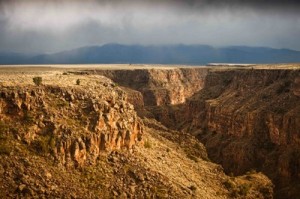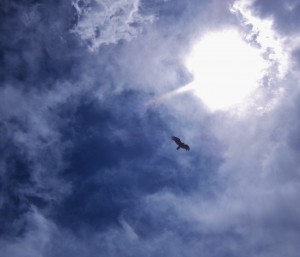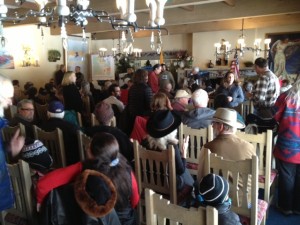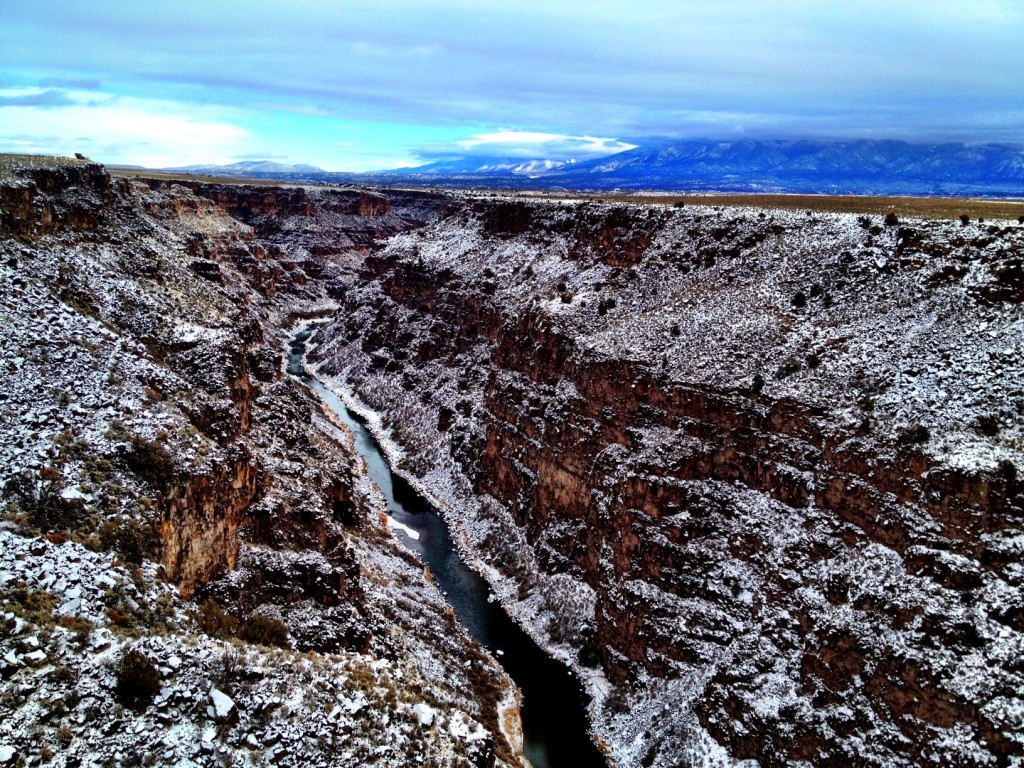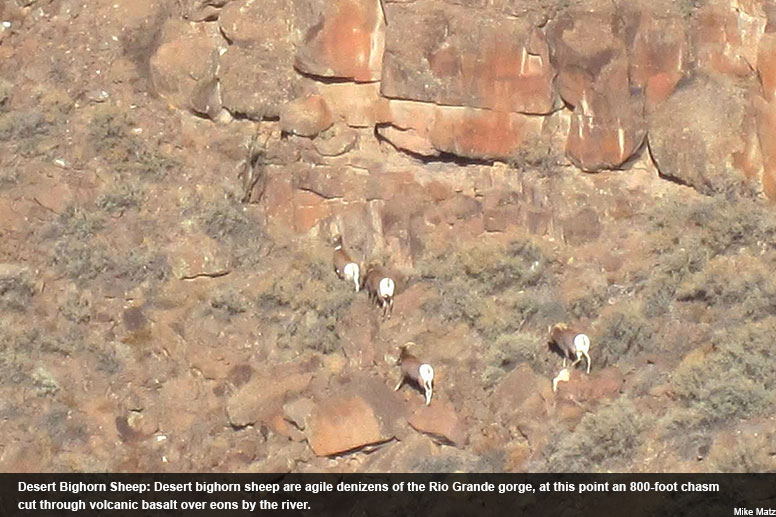Order could threaten national parks, monuments, and public lands, and oceans across the country
Taos, New Mexico (April 25, 2017) – President Donald J. Trump is expected to sign an Executive Order tomorrow that could threaten the Río Grande del Norte National Monument. The order “directs the Department of the Interior to review prior monument designations and suggest legislative changes or modifications to the monument proclamations.”
The Río Grande del Norte National Monument was designated in 2013 in response to support from local business owners, local chambers of commerce, sportsmen and ranchers, local elected officials, Hispanic organizations, Native American tribes, and countless others.
The Executive Order threatens not only Río Grande del Norte and our native and cultural heritage, but it will also hurt surrounding communities and small businesses that have come to rely on access to this outdoor recreation haven. One year after President Obama designated the Río Grande del Norte National Monument, there was a 40 percent increase in visitors and a 21 percent increase in the Town of Taos Lodgers’ Tax Revenue. Additionally, a recent EcoNorthwest study found that “quiet recreation” on Bureau of Land Management lands generated $173 million dollars and supported 1,712 jobs across the state each year.
Mark Gallegos, Taos County Commissioner and Mayor of the Village of Questa said, “There was, and continues to be, strong support for our Río Grande del Norte National Monument. Our community depends on our national monument, and people choose to visit and live here because of it. I stand with the citizens of Taos in urging our elected and appointed officials to ensure that Río Grande del Norte remains as it is today.”
A recent study found that outdoor recreation alone drives a $887 billion economy and supports 7.6 million jobs. Additionally, numerous studies have shown that communities located near monuments and other protected public lands have stronger economies, and that the outdoor and recreational opportunities they provide increase residents’ quality of life, making areas near monuments more attractive to new residents, entrepreneurs and small businesses, and investment.
“One of the main reasons people visit the Taos area is to explore our Río Grande del Norte National Monument,” said Nick Streit, Taos Fly Shop. “Thanks to the national monument, we have seen our tourism and outdoor recreation sectors flourish. Fly-fishing and sportsmen opportunities in the monument are world class and truly unique to this area. Why would you want to destroy that? My business would not be where it is today without the Río Grande del Norte National Monument.”
Since it was signed by President Theodore Roosevelt in 1906, the Antiquities Act has been used on a bipartisan basis by the majority of U.S. presidents (16, 8 Republicans and 8 Democrats) to protect America’s most iconic natural, cultural, and historic places including: Organ Mountains-Desert Peaks, Bandelier, Aztec Ruins, and more.
Groups representing sportsmen, cultural heritage organizations, evangelicals, conservation, recreation businesses, historic preservation, and many others all oppose efforts to undermine the Antiquities Act because of the widespread historic, cultural, and natural treasures that have been protected through its use.
“As a sportsman, I value our protected public lands like the Río Grande del Norte National Monument. Without permanent protection, I know my dreams of taking my grandchildren fly-fishing on the Rio Grande are just a dream, and may never become a reality. I urge President Trump, Secretary Zinke, and members of Congress to keep the Río Grande del Norte National Monument the way it is,” said Mark Casias from Blue Creek Outfitters.
The public overwhelming supports national parks, monuments, and public lands and oceans. A 2014 Hart Research poll showed that 90% of voters supported Presidential proposals to protect some public lands and waters as parks, wildlife refuges and wilderness. In the 2017 Conservation in the West poll, only 13% of western voters supported removing protections for existing monuments while 80% supported keeping them in place.
###

